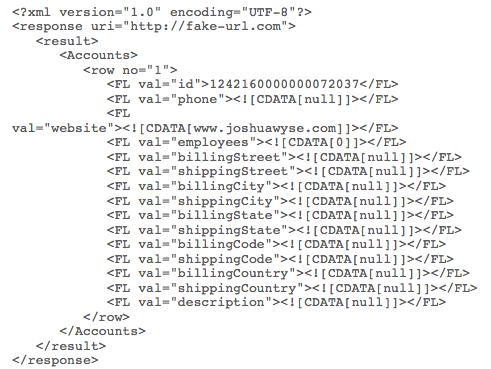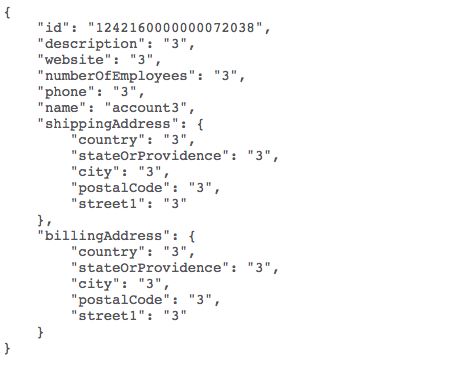Choosing JSON Over XML
Developments in open data sharing have introduced more options for devs. XML is a widespread method for API integration, but that doesn't mean it's your best choice.
Join the DZone community and get the full member experience.
Join For FreeExtensible Markup Language (XML) used to be the only choice for open data interchange. However, developments in open data sharing have introduced more options for developers, each with their own set of benefits. While XML may be a widespread method for API integration, that doesn't mean it's the best choice for your project.
JavaScript Object Notation (JSON) is one alternative that's attracting a lot of attention. The first thing that comes to mind when you mention JSON to developers is that it's lightweight compared to other open data interchange options. However, that's not the only reason you should use it for your next RESTful API integration. Consider these features.
Less Verbose
JSON has a more compact style than XML, and it is often more readable. The lightweight approach of JSON can make significant improvements in RESTful APIs working with complex systems.
Faster
The XML software parsing process can take a long time. One reason for this problem is the DOM manipulation libraries that require more memory to handle large XML files. JSON uses less data overall, so you reduce the cost and increase the parsing speed.
Readable
The JSON structure is straightforward and readable. You have an easier time mapping to domain objects, no matter what programming language you're working with.
Structure Matches the Data
JSON uses a map data structure rather than XML's tree. In some situations, key/value pairs can limit what you can do, but you get a predictable and easy-to-understand data model.
Objects Align in Code
JSON objects and code objects match, which is beneficial when quickly creating domain objects in dynamic languages.
JSON Limitations
The limitations in JSON actually end up being one of its biggest benefits. A common line of thought among developers is that XML comes out on top because it supports modeling more objects. However, JSON's limitations simplify the code, add predictability, and increase readability.
In comparison to an XML model, a JSON data structure is intuitive, making it easy to read and map directly to domain objects in whatever programming language is being used.
XML data structure model:

JSON data structure model:

RESTful APIs depend on easy, reliable, and fast data exchanges. JSON fits the bill for each of these attributes, while XML is struggling to keep up. As more developers expand their API integration skills, the advantages of a simple data exchange become apparent.
Published at DZone with permission of Vineet Joshi, DZone MVB. See the original article here.
Opinions expressed by DZone contributors are their own.

Comments